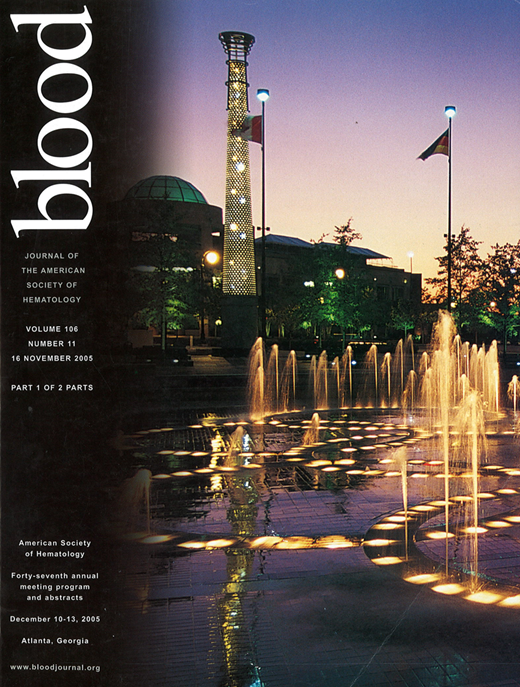Abstract
Thalidomide-Dexamethasone (TD) is an active regimen in patients with relapsing/refractory multiple myeloma (MM). Recent phase II and III studies revealed an even higher response rate in previously untreated patients. In the present trial we compare TD with standard Melphalan-Prednisone (MP) in previously untreated elderly patients with multiple myeloma.
The trial is designed to include 350 pts with MM, 190 patients have been enrolled so far (median age: 72 years, stage I: 9 (5%), stage II: 61 (32%), stage III: 120 (63%). Patients are randomized to Thalidomide 200mg/day and Dexamethasone 40mg, days 1–4 and 15–18 (on odd cycles) and days 1–4 (on even cycles) or Melphalan 2.5mg/kg day 1–4 and Prednisone 2mg/kg days 1–4, q 4–6 weeks. Thalidomide should be dosed up to 400mg/day, if feasible. Patients achieving response or stabilization are randomized to maintenance treatment either with Thalidomide (maximal dose 200mg/day)-Interferon alpha-2b (3Mega U, TIW) or Interferon alpha-2b (3Mega U/TIW). All patients are scheduled for monthly Zometa (4mg) during the entire period. Response is defined according Blade’s criteria, statistical results are given by intend to treat analysis.
125 patients are evaluable for response as yet. Best response to TD was: CR 6 (10%), NCR 7 (12%), and VGPR 9 (15%) PR 9 (15%), MR 10 (16%) yielding an ORR of 67%. Four pts had SD (7%) and 16 PD or failure (26%). The respective results in pts on MP were: CR 2 (3%), NCR 4 (6%), VGPR 5 (8%), PR 13 (20%), MR 7 (11%), ORR 48% (p<0.05). Analysis per protocol revealed an ORR of 89% in the TD and 66% in the MP group (p<0.02). Time to response and time to best response was significantly shorter in the TD (8, 11 weeks, respectively) compared to the MP group (10, 39 weeks, respectively; p<0.01, p<0.0047, respectively). Due to the interim nature of the analysis, survival data will be presented only for both groups combined at the meeting.
Grade III-IV thrombocytopenia was more frequent and leucopoenia was statistically significant more common in pts on MP (4 (7%) vs. 1 (2%); ns. and (8 (13%) vs. 1 (2%); p< 0.05, respectively). Patients on TD had more grade II-III neuropathy 15 (25%), psychological toxicity 12 (20%) and, skin toxicity 7 (12%) compared to those on MP (5 (8%), 5 (8%), 3 (3%), respectively). Thromboembolic complications were seen in 5 (8%) pts on TD and in 2 (3%) on MP.
In conclusion, time to response and time to best response was significantly shorter in pts on TD. Both, the intend to treat and per protocol analysis showed a higher response rate in TD treated pts (67% vs. 48%, p<0.05 and 89% vs. 66%, p<0.02, respectively). Leucopoenia was more frequent in pts on MP and neuropathy more common in TD treated pts. There was a tendency for increased incidence of thromboembolic complications, psychological disturbances and skin toxicity in pts on TD. In relation to the high median age (72 years) of pts studied, TD was well tolerated.
Author notes
Corresponding author

